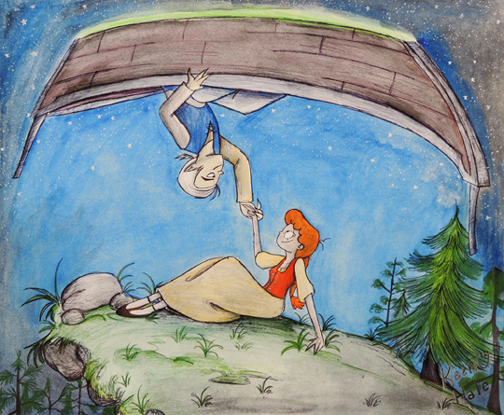 Boats float on the stars, a scarecrow waltzes with crows, a magic wand transforms a snowman, a box bursts with enthusiastic jazz musicians. These are the images and worlds created by talented local artist, Keenu Hale. Today, I’m going to sing his praises.
Boats float on the stars, a scarecrow waltzes with crows, a magic wand transforms a snowman, a box bursts with enthusiastic jazz musicians. These are the images and worlds created by talented local artist, Keenu Hale. Today, I’m going to sing his praises.
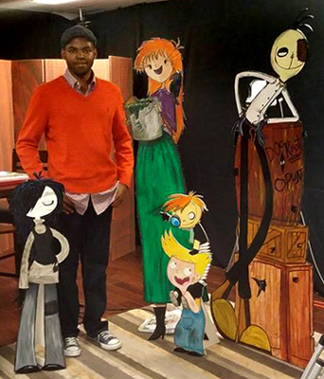 For several years, Keenu has been a welcome guest at Cotsen Critix, our literary society for kids ages 9-12 (you also might recall hearing about him and his awesome cartooning skills at our How to Train Your Dragon event). A few facts about Keenu: he won his first drawing contest at 18 months; he is an artist with autism; he was featured in a television interview for the AttachAvi Autism Foundation in 2016; he generously gives his time to children’s hospitals, autism fundraisers, and art festivals; he is currently an animation major at the School of Visual Arts in NYC. In short, Keenu totally rocks.
For several years, Keenu has been a welcome guest at Cotsen Critix, our literary society for kids ages 9-12 (you also might recall hearing about him and his awesome cartooning skills at our How to Train Your Dragon event). A few facts about Keenu: he won his first drawing contest at 18 months; he is an artist with autism; he was featured in a television interview for the AttachAvi Autism Foundation in 2016; he generously gives his time to children’s hospitals, autism fundraisers, and art festivals; he is currently an animation major at the School of Visual Arts in NYC. In short, Keenu totally rocks.
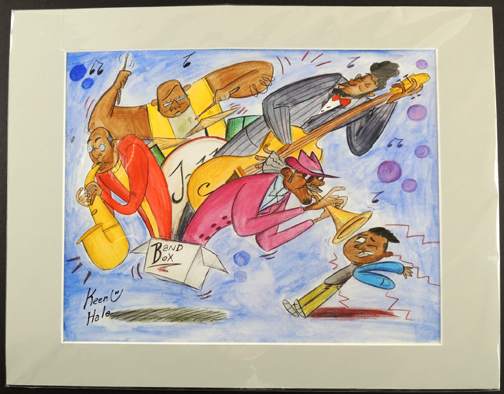
Keenu’s draws inspiration from Jim Henson and Tim Burton. Jim Henson for his odd, slapstick humor, and Tim Burton for his dark, somewhat creepy worlds. You can see how he blends both perfectly.
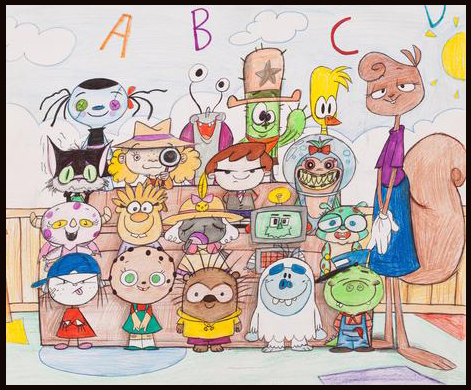
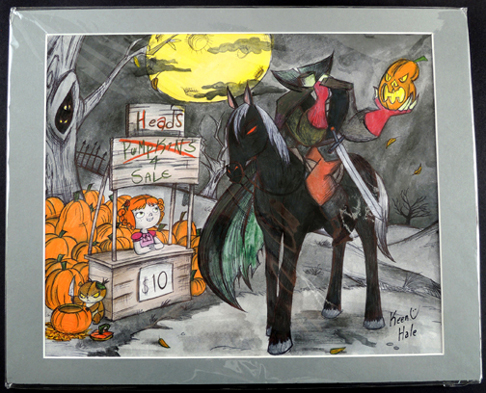
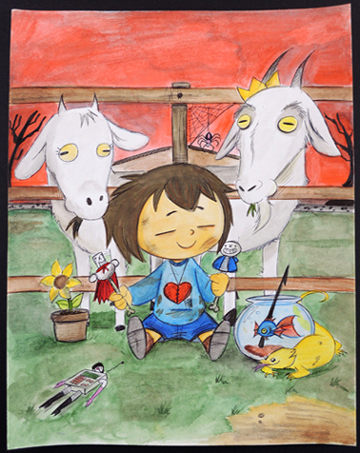
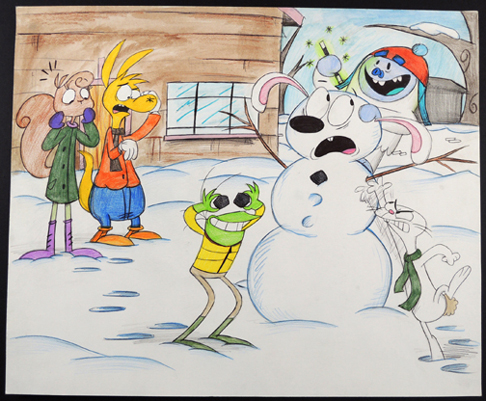 Keenu has hundreds of original characters and story lines. Take, for example, his debut comic book, Life in the Suburbs. In the story, a human boy named Timmy lives with his non-human scarecrow family. While Burlap and Cotton (his parents), are happy to live on the farm, Timmy wants to live in the suburbs. But as Timmy and his siblings Lacy and Jinko learn, moving in and fitting in are two very different things! The comic is charming, funny, and really nicely paced.
Keenu has hundreds of original characters and story lines. Take, for example, his debut comic book, Life in the Suburbs. In the story, a human boy named Timmy lives with his non-human scarecrow family. While Burlap and Cotton (his parents), are happy to live on the farm, Timmy wants to live in the suburbs. But as Timmy and his siblings Lacy and Jinko learn, moving in and fitting in are two very different things! The comic is charming, funny, and really nicely paced.
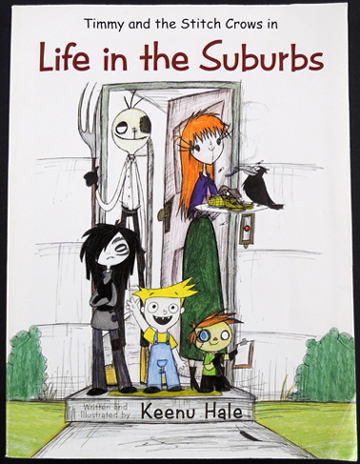 Keenu also collaborated with his cousin to produce Queen, You Are Beautiful! It follows the life of Queen, a young girl who must deal with bullies and discover her inner beauty.
Keenu also collaborated with his cousin to produce Queen, You Are Beautiful! It follows the life of Queen, a young girl who must deal with bullies and discover her inner beauty.
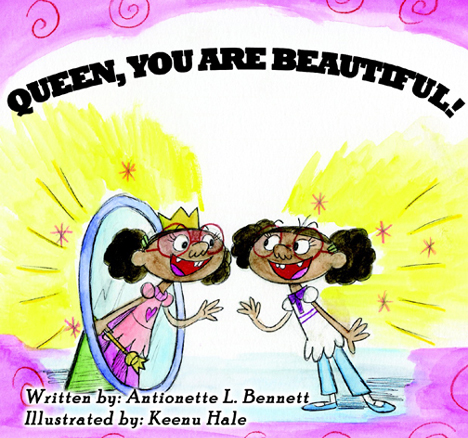
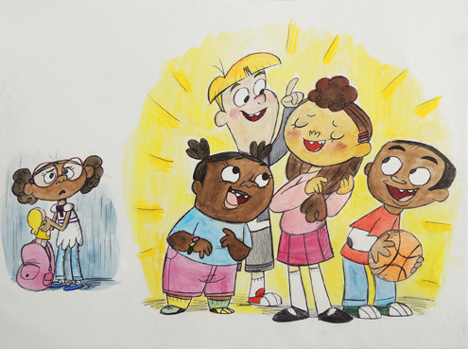
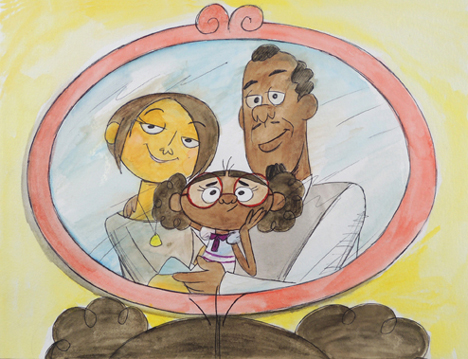
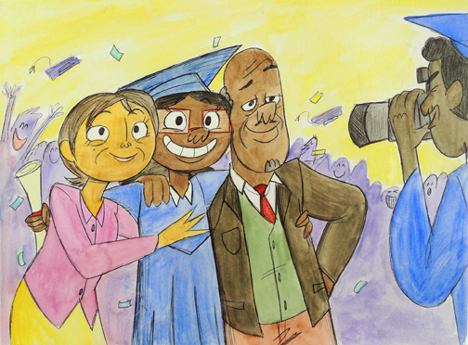 When Keenu visits our library, we always start with an interview and a viewing of his vast portfolio. Then he does a drawing exercise with the kids. At the very end of the workshop, Keenu makes custom freehand drawings of whatever characters the kids can think of. He does each drawing in minutes. It’s amazing. Here are just a few from his last visit (including one of his own characters, Rosemary):
When Keenu visits our library, we always start with an interview and a viewing of his vast portfolio. Then he does a drawing exercise with the kids. At the very end of the workshop, Keenu makes custom freehand drawings of whatever characters the kids can think of. He does each drawing in minutes. It’s amazing. Here are just a few from his last visit (including one of his own characters, Rosemary):
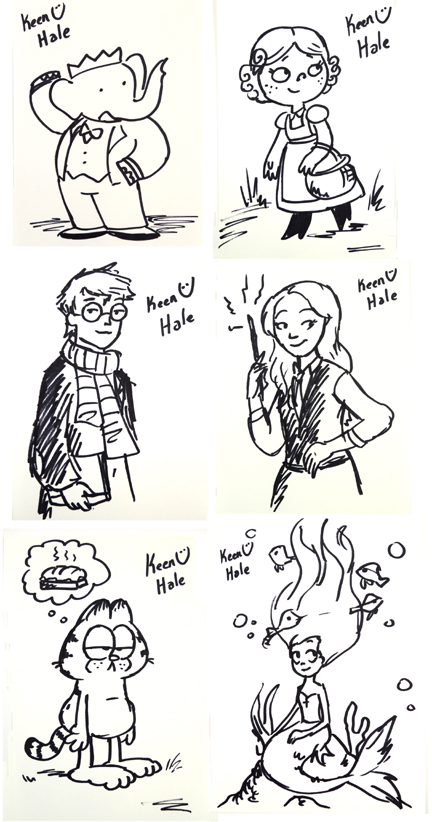
Many thanks to Keenu for allowing us to share his art! All images courtesy of the artist.

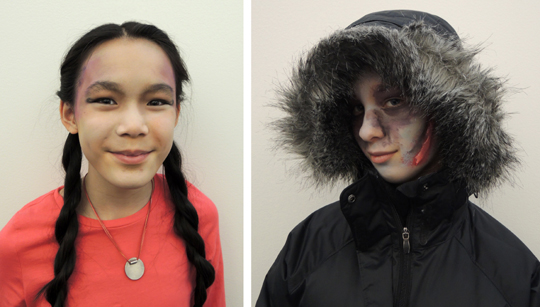 Get into character with a little bit of stage magic! This winter, we hosted a fantastic hands-on (or arguably, a face-on) workshop about how actors use makeup to transform themselves into a character. The workshop was expertly and enthusiastically taught by Jenny Scudder from
Get into character with a little bit of stage magic! This winter, we hosted a fantastic hands-on (or arguably, a face-on) workshop about how actors use makeup to transform themselves into a character. The workshop was expertly and enthusiastically taught by Jenny Scudder from 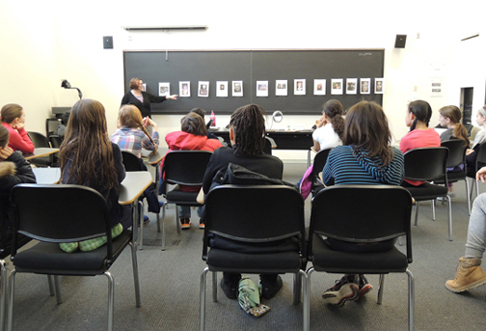 Next, Jenny discussed how, in addition to makeup, actors can also use their voices, gestures, costumes, props, and sets to bring their characters to life. She described what stage makeup is (big, bold, and expressive) and what it isn’t (it’s not meant for close-up photography like a fashion shoot). As she was lecturing, Jenny was effortlessly applying her own stage makeup, which was Grizabella from Cats.
Next, Jenny discussed how, in addition to makeup, actors can also use their voices, gestures, costumes, props, and sets to bring their characters to life. She described what stage makeup is (big, bold, and expressive) and what it isn’t (it’s not meant for close-up photography like a fashion shoot). As she was lecturing, Jenny was effortlessly applying her own stage makeup, which was Grizabella from Cats.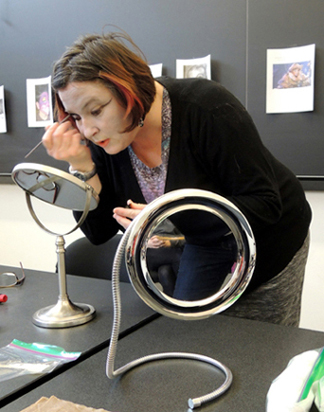 Jenny also talked about the names of the different brushes, and techniques for application. Finally, she brought out some latex scars and gashes she had prepared in advance. My forearm became the test subject for a massive latex scar, some red base makeup, a loaded stipple brush, and some fake blood. Here I am, modeling the finished product in my usual subtle way.
Jenny also talked about the names of the different brushes, and techniques for application. Finally, she brought out some latex scars and gashes she had prepared in advance. My forearm became the test subject for a massive latex scar, some red base makeup, a loaded stipple brush, and some fake blood. Here I am, modeling the finished product in my usual subtle way.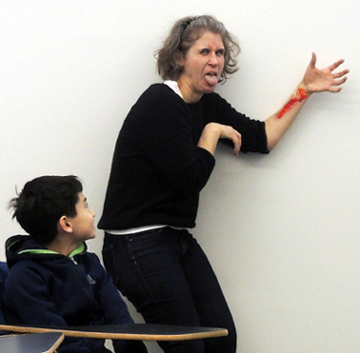 Finally, it was time to turn the artists loose on the makeup! There was plenty of it. Jars, palettes, sponges, pencils, brushes…the works!
Finally, it was time to turn the artists loose on the makeup! There was plenty of it. Jars, palettes, sponges, pencils, brushes…the works!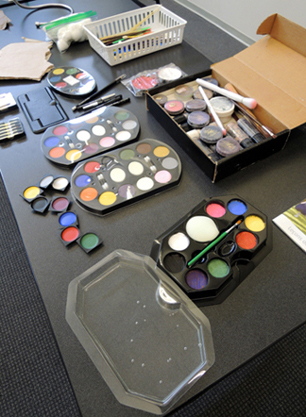 Jenny divided the kids into pairs so each pair would have someone to assist with the application of his/her makeup. I really liked this because it meant that the kids weren’t sitting passively, having their faces done by adults. They were actively involved in the whole process.
Jenny divided the kids into pairs so each pair would have someone to assist with the application of his/her makeup. I really liked this because it meant that the kids weren’t sitting passively, having their faces done by adults. They were actively involved in the whole process.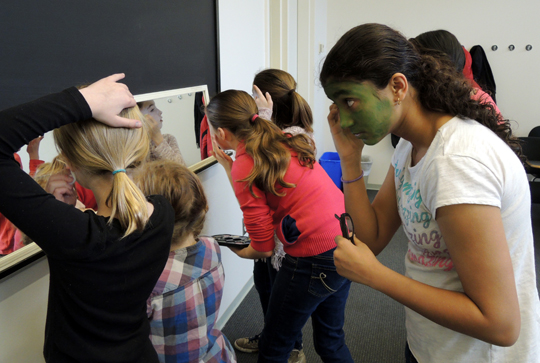
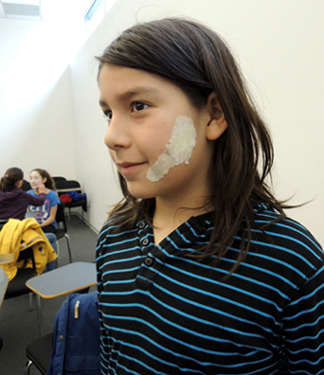 Ready to see some results? Even though there was quite a bit of smiling and laughing, I did encourage the kids to try to stay “in character” while I was photographing them. I’ll begin with Arwen, who you saw at the beginning of the post:
Ready to see some results? Even though there was quite a bit of smiling and laughing, I did encourage the kids to try to stay “in character” while I was photographing them. I’ll begin with Arwen, who you saw at the beginning of the post: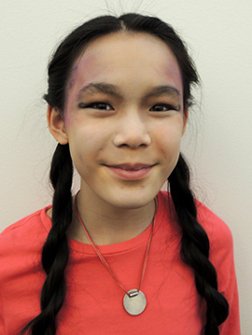
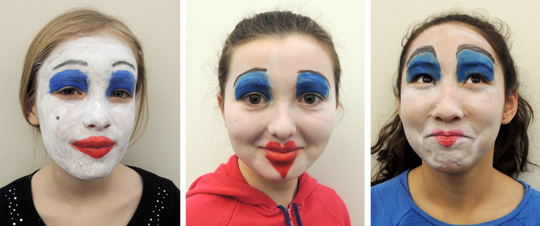
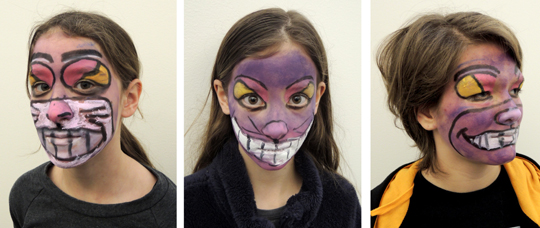
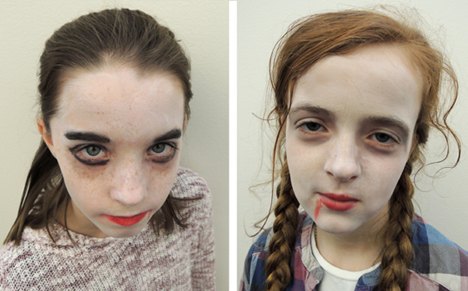
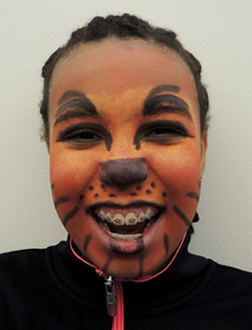 The Wicked Witch of the West…
The Wicked Witch of the West…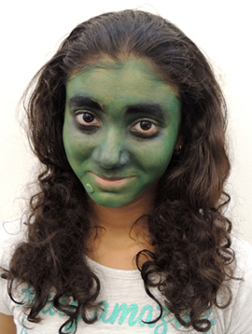
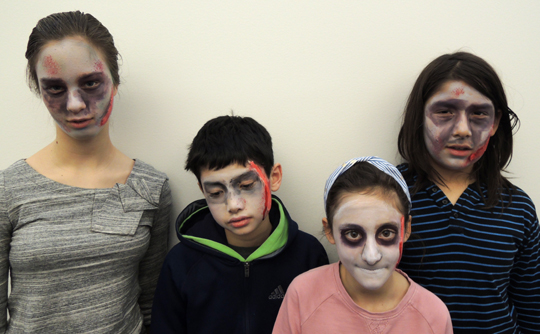 Do you recognize the zombie on the far left from the beginning of the blog? The funny thing was, we never planned to photograph her with her hood up. As it turned out, she had to walk home from the program in full makeup. In order to not freak anyone out, she pulled her hood up. It looked so fantastic, I had to take a photograph!
Do you recognize the zombie on the far left from the beginning of the blog? The funny thing was, we never planned to photograph her with her hood up. As it turned out, she had to walk home from the program in full makeup. In order to not freak anyone out, she pulled her hood up. It looked so fantastic, I had to take a photograph!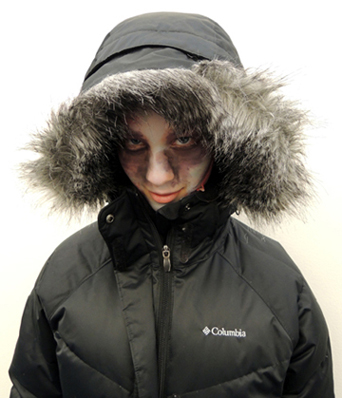
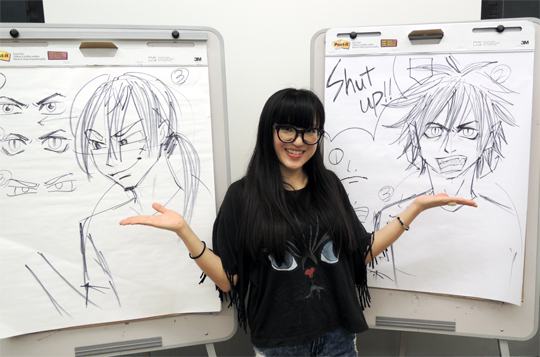
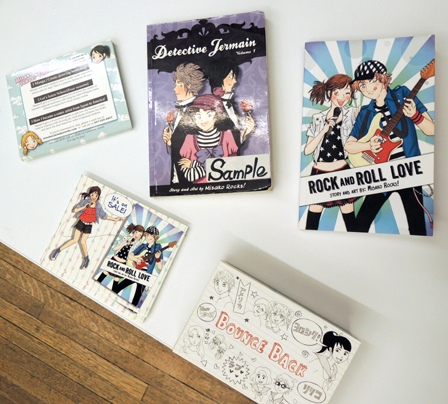 The workshop primarily focused on character development, as well as a little history on Japanese culture and manga. After a hilarious PowerPoint presentation about growing up in Japan and coming to America, Misako jumped right in to the art. Wielding a variety of markers, she demonstrated how to structure faces and make mouths, eyes, and even hair expressive.
The workshop primarily focused on character development, as well as a little history on Japanese culture and manga. After a hilarious PowerPoint presentation about growing up in Japan and coming to America, Misako jumped right in to the art. Wielding a variety of markers, she demonstrated how to structure faces and make mouths, eyes, and even hair expressive.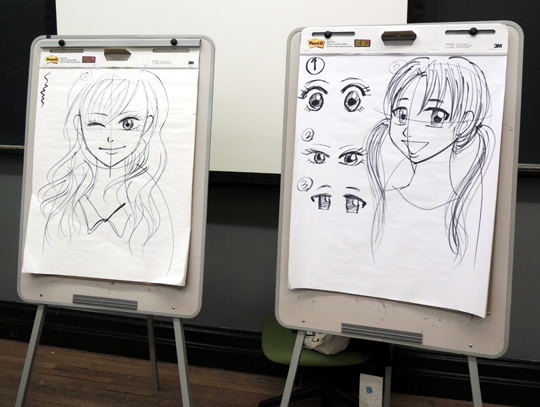 The kids were loaded up with paper and pencils so they could sketch along with Misako.
The kids were loaded up with paper and pencils so they could sketch along with Misako.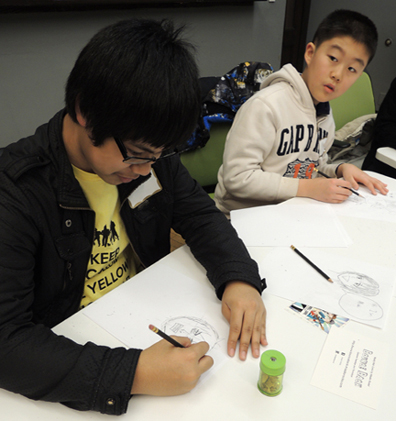 My favorite part, however, was when Misako would circulate among the young artists, commenting on their work, making suggestions, and giving mini-lessons to help improve their drawings.
My favorite part, however, was when Misako would circulate among the young artists, commenting on their work, making suggestions, and giving mini-lessons to help improve their drawings.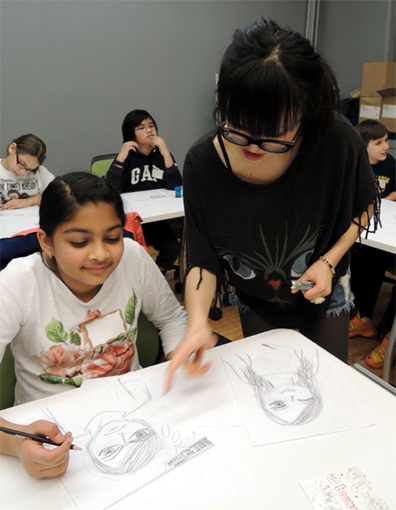 Another fabulous thing about the workshop? The kids’ art! In addition to some spur-of-the-moment sketches, many of them brought their portfolios with them. Here are just a few…
Another fabulous thing about the workshop? The kids’ art! In addition to some spur-of-the-moment sketches, many of them brought their portfolios with them. Here are just a few…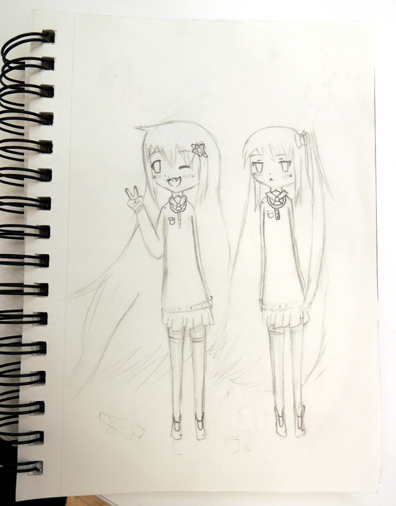
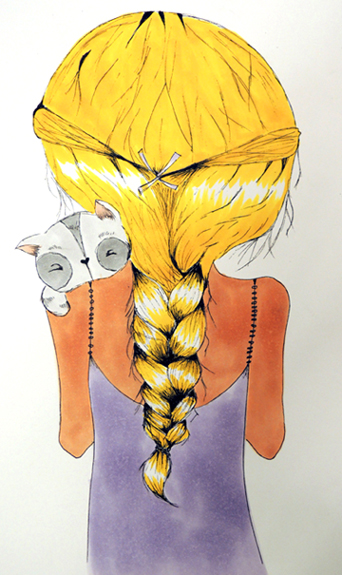
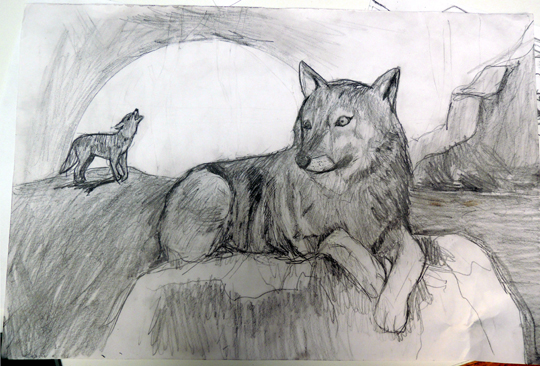
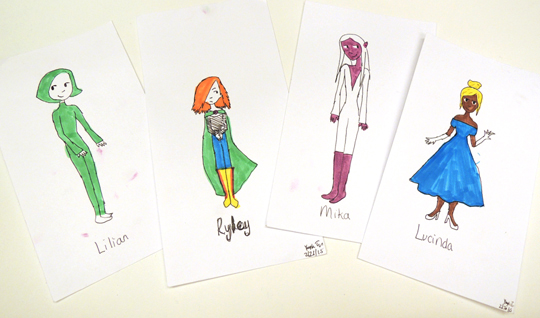
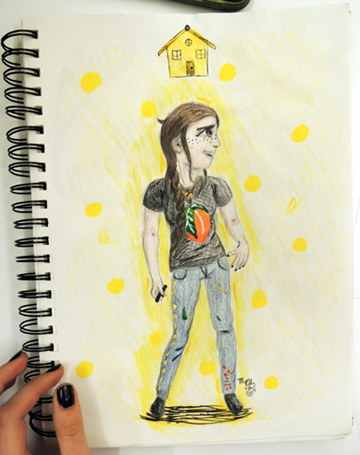

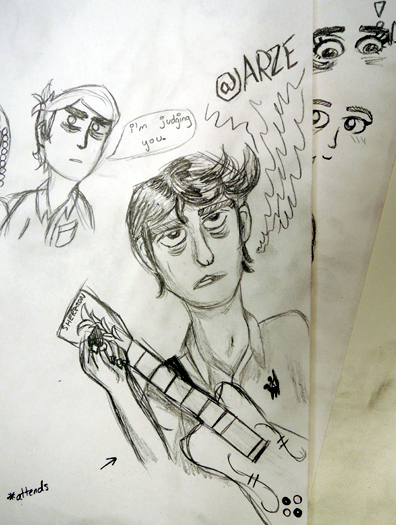
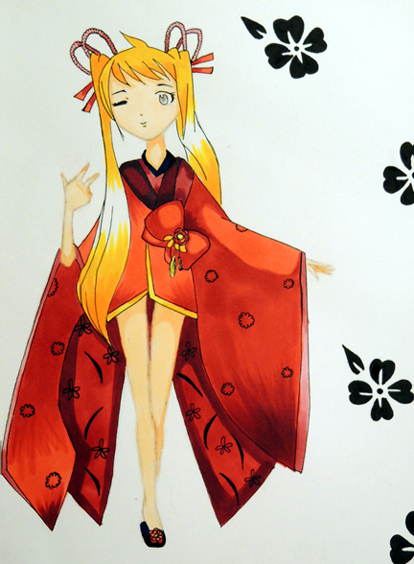
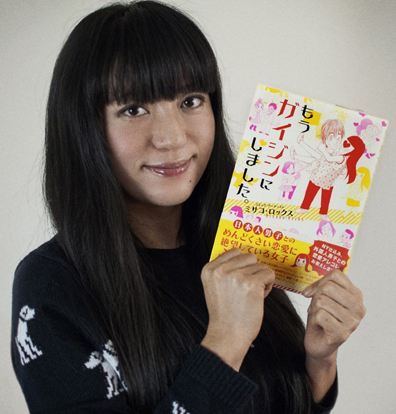 When did you first start drawing manga, and why did it intrigue you?
When did you first start drawing manga, and why did it intrigue you?